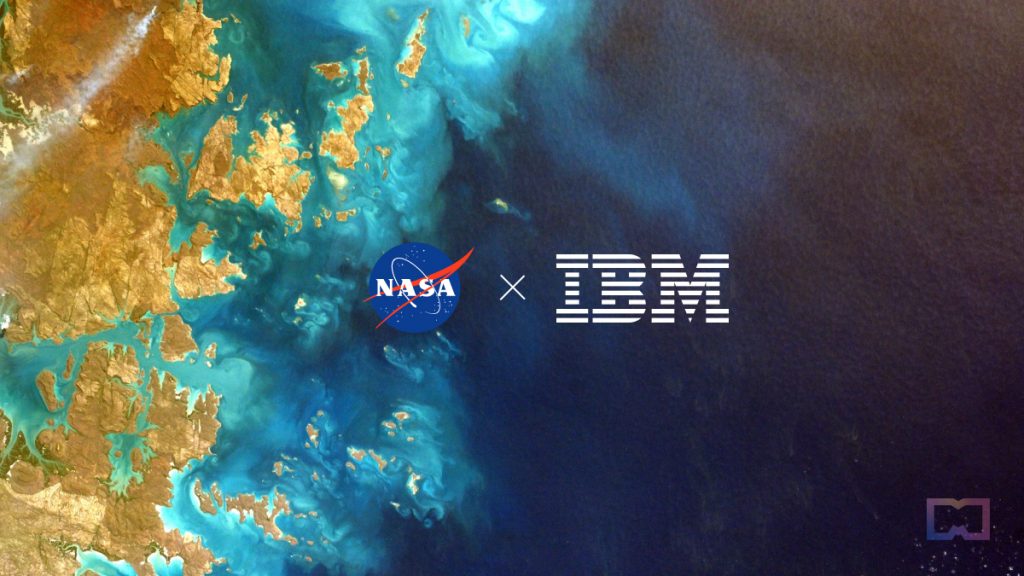IBM and NASA Unite Their Efforts to Examine Climate Change Using AI
In Brief
NASA plans to utilize IBM’s advanced artificial intelligence technology to make sense of its vast reserves of geospatial and scientific information.
Both IBM and NASA will collaboratively create AI foundational models designed to analyze massive datasets, including petabytes of textual information and remote-sensing insights.
These AI foundational models will streamline the creation of AI-driven applications specifically focused on addressing the intricate questions and challenges surrounding climate change.

At NASA’s Marshall Space Flight Center, IBM and NASA are teaming up joining forces to delve into the ramifications of climate change using artificial intelligence (AI). In this cooperation, NASA will harness IBM's powerful AI foundational model technology to interpret data from Earth-observing satellites.
IBM's foundational model is a comprehensive AI framework developed using a vast array of unstructured data. It can be adapted for a variety of tasks and is capable of applying knowledge gained from one situation to related contexts. Both IBM and NASA are working to build these foundational models to process extensive text and remote-sensing data.
Together, IBM and NASA will develop two primary foundational models. The first will focus on natural language processing (NLP) and will be trained on nearly 300,000 articles related to Earth science, empowering researchers to uncover new insights more effortlessly.
Upon reaching full operational capacity, the model will utilize IBM’s open-source, multilingual question-answering system to address inquiries such as \"What effects do aerosols have on climate change?\" Ultimately, it aims to deliver responses alongside summaries of the latest scholarly articles, including relevant links and contextual information.
As noted by Tushar Katarki, who oversees product management at OpenShift, this foundational model represents one of the most substantial AI workloads processed on Red Hat’s OpenShift platform.
The second model will be trained on NASA’s Harmonized Landsat Sentinel-2 (HLS) dataset captures changes in land use as recorded by satellites orbiting Earth. The aim of this initiative is to enhance the development of AI applications capable of analyzing extensive satellite data to identify natural disasters and monitor changes in vegetation and wildlife habitats, ultimately equipping researchers to conduct vital evaluations of our planet's environmental systems. \"This collaboration will benefit not only NASA but also other agencies and organizations,\" stated Rahul Ramachandran, a senior research scientist at NASA’s Marshall Space Flight Center. \"We aspire for these models to enhance accessibility to information and knowledge, encouraging others to create applications that facilitate the utilization of our datasets for making informed discoveries and decisions grounded in current scientific evidence.\"
NASA's partnership with IBM occurs in the context of preparing for its Year of Science, which will spotlight events throughout the year aimed at fostering the sharing of data and AI models to expedite scientific breakthroughs. This initiative is part of a broader effort by NASA to promote transparency by making data, code, and AI models openly available through its Open-Source Science Initiative. said Seven International Corporations Developing and Exploring Opportunities in the Metaverse
Joseph Pallant, the Founder and Executive Director of the Blockchain for Climate Foundation
Related posts:
Disclaimer
In line with the Trust Project guidelines Management of press inquiries, announcements, and opportunities for interviews.







